
Tilapia is identified as one of the priority products, along with key products such as shrimp and pangasius.
Great export opportunity
The Department of Fisheries and Fisheries Surveillance said that the global tilapia market is growing strongly, reaching 10.6 billion USD in 2024 and is expected to reach 14.5 billion USD in 2033, with an annual growth rate of 3.52%. Global tilapia production in 2025 is forecast to reach 7.3 million tons, of which Vietnam will contribute about 316,000 tons in 2024, with a farming area of 42,000 hectares. Trade agreements such as RCEP, reducing tariffs on China to 0% from 2025, open up great opportunities to penetrate the Asian market. However, to take advantage of the opportunity, Vietnam needs to overcome internal challenges such as fragmented production, lack of chain linkages, and uneven seed quality.
Tilapia is entering a favorable period, opening up great opportunities to develop the value chain and increase the value of seafood exports. According to Mr. Tran Dinh Luan, Director of the Department of Fisheries and Fisheries Control ( Ministry of Agriculture and Environment ), in the sustainable fisheries development strategy approved by the Prime Minister, tilapia is identified as one of the priority subjects, along with key products such as shrimp and pangasius. From 2023 to 2024, tilapia export turnover increased sharply from 17 million USD to 41 million USD, and the first quarter of 2025 continued to record an impressive growth of 131%, reaching nearly 14 million USD. The US is the largest market, accounting for 46% of the proportion with more than 6 million USD, followed by Russia (1.8 million USD) and Belgium (700 thousand USD).
This growth comes from careful preparation of breeds, feed, and farming models over the years. Cooperatives have built value chains, not only serving exports but also creating OCOP products from tilapia, meeting domestic consumption needs. Mr. Luan commented that with some major competing countries facing difficulties due to tariff policies, such as China being taxed by the US at 150%, Vietnam has a golden opportunity to expand its market, especially in the US, the Middle East and Japan.
Mr. Luan emphasized that in the past, the aquaculture industry focused too much on shrimp and pangasius, not paying attention to potential subjects such as tilapia. The ineffective exploitation of water surface areas in reservoirs, or the failure to apply the rotation model between shrimp and tilapia, has limited development potential. Diseases, especially the TiLV virus, have reduced production by 15% and caused some markets such as Brazil to ban imports from February 2024. Seed quality is also a big problem, with inbreeding causing the fillet rate to only reach 33%, affecting export value.
To overcome the challenge, Mr. Luan proposed identifying tilapia as the key target, gathering resources from breeding research facilities, farming areas, to processing plants. A positive sign is that many businesses have invested in modern processing technology lines, such as automatic fillet lines, creating value-added products such as smoked fish or snacks. "Modern processing technology will be the driving force for management agencies, localities and agricultural extension systems to cooperate, train, and build raw material areas that meet export standards," Mr. Luan affirmed.
The Department of Fisheries and Fisheries Control also aims to expand the farming area to 40,000 hectares by 2030, with an output of 400,000 tons, meeting the increasing export demand. Solutions include investing in research on high-quality breeds (such as GIFT and TiLV virus-resistant breeds), expanding modern farming systems such as RAS and tarpaulin tanks, cooperating with domestic feed businesses to reduce production costs by 15%, and achieving international certifications such as ASC and BAP to meet the strict standards of the EU and the US.
In addition to production development, Mr. Luan emphasized the importance of restoring the shrimp and fish farming environment. The rotation of shrimp and tilapia not only creates high-quality products but also controls diseases, minimizes the impact of climate change and saltwater intrusion. "It's time for us to think about restoring the farming environment, ensuring sustainable development," Mr. Luan shared. The Department of Fisheries will coordinate with localities to standardize farming areas, especially in irrigation and hydropower reservoirs, and hand over water surfaces to people and cooperatives for investment in farming.
At the same time, building new rural areas in coastal villages is also a priority. Mr. Luan believes that it is necessary to turn these areas into livable places, with standard raw material areas, linked to processing plants, creating jobs and increasing income for people. By-products from tilapia, such as fins and skin, can also be processed into value-added products, contributing to closing the value chain and reducing dependence on large markets.
Vietnam’s seafood industry is forecast to maintain its growth momentum in 2025, with an export target of US$10.5 billion, with tilapia expected to make a positive contribution. Total seafood output is expected to reach 9.6 million tons, with contributions from key products such as shrimp (US$4 billion), pangasius (US$2 billion), and other products. This growth is supported by rising global demand, free trade agreements, and businesses’ flexibility in diversifying products, from frozen to deep-processed.
Do Huong
Source: https://baochinhphu.vn/san-xuat-ca-ro-phi-co-hoi-va-chien-luoc-phat-trien-ben-vung-102250429085042742.htm






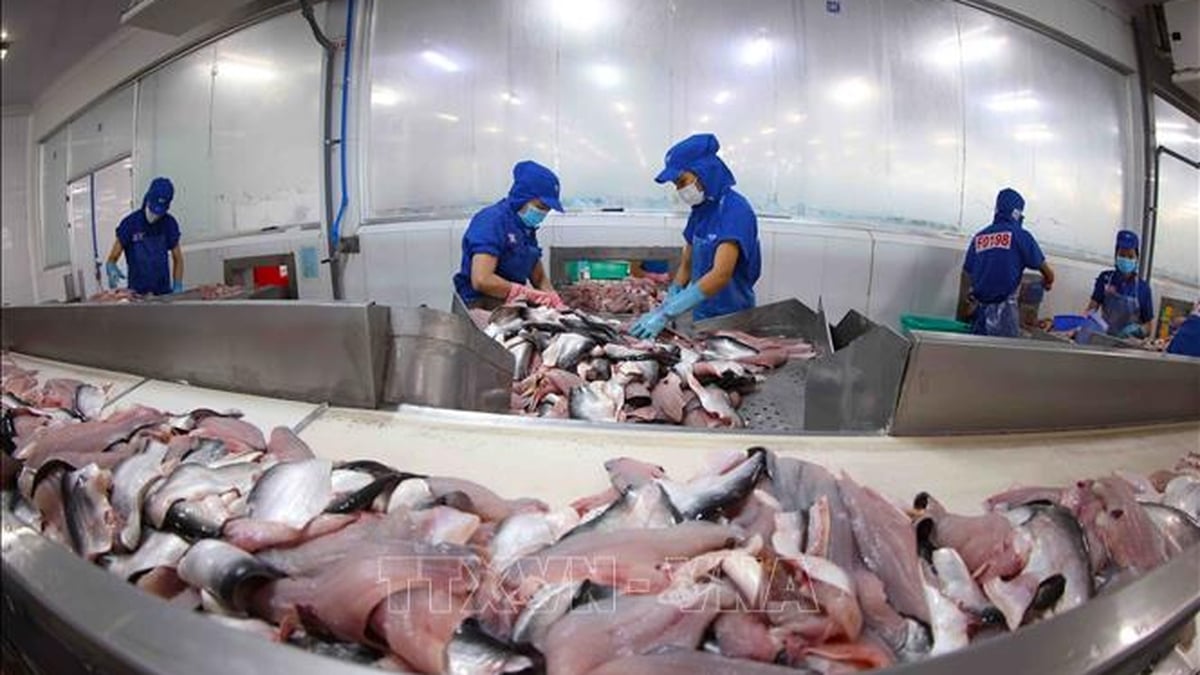



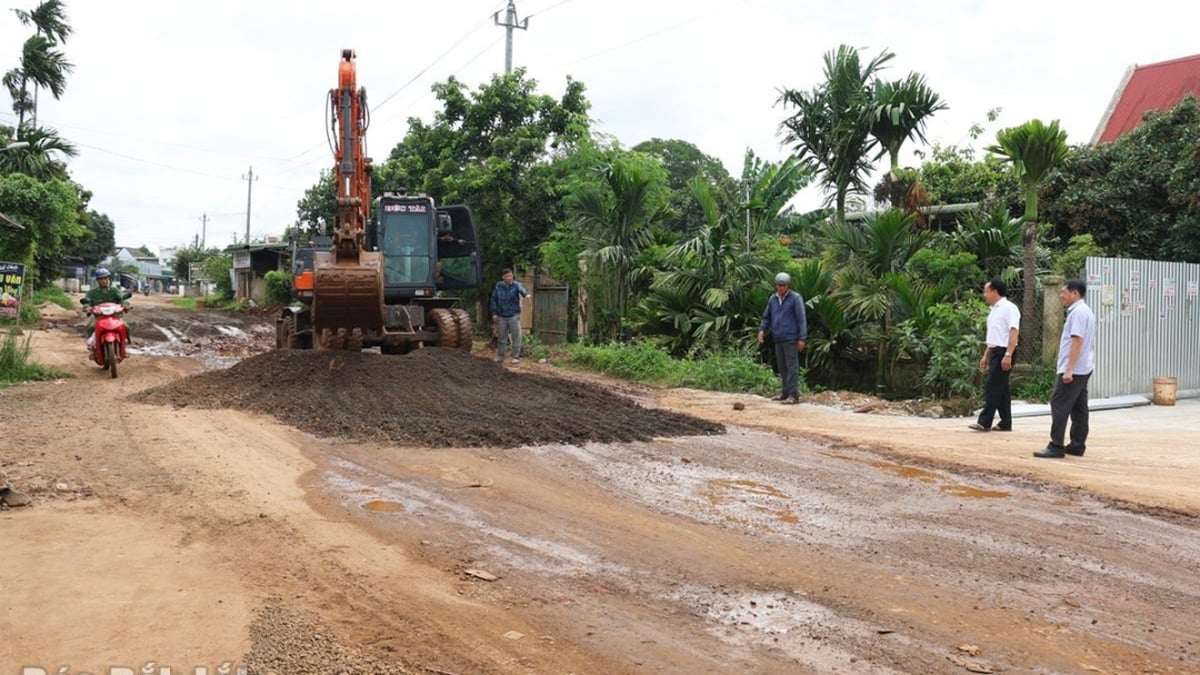











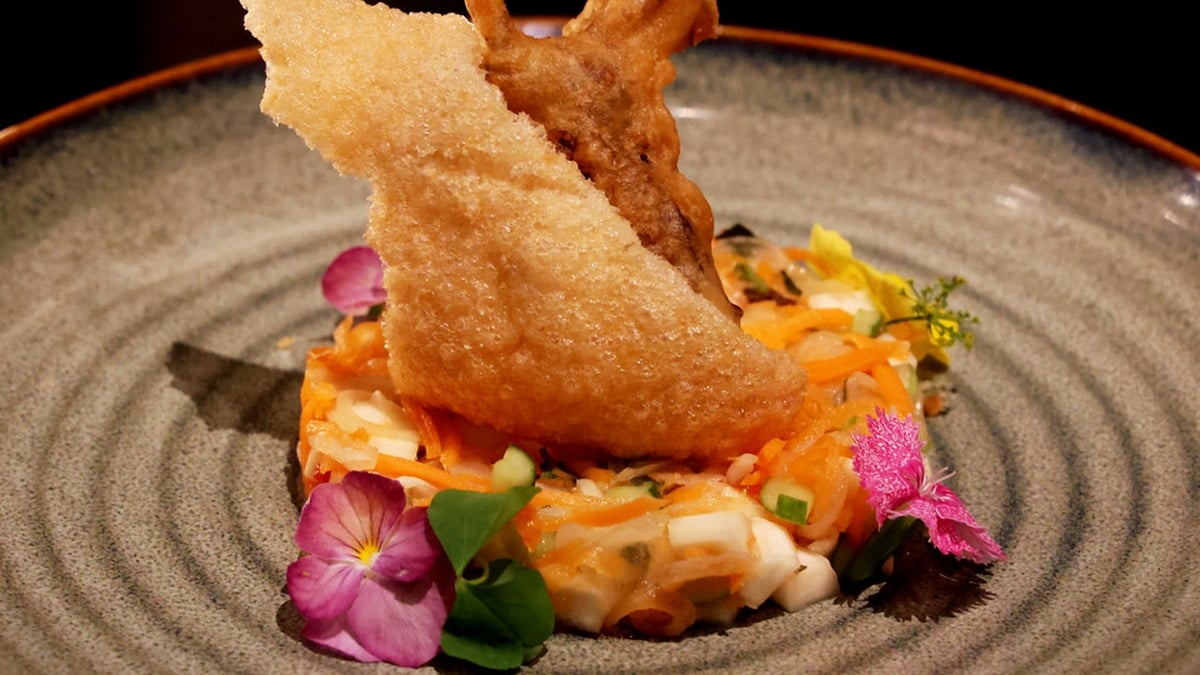

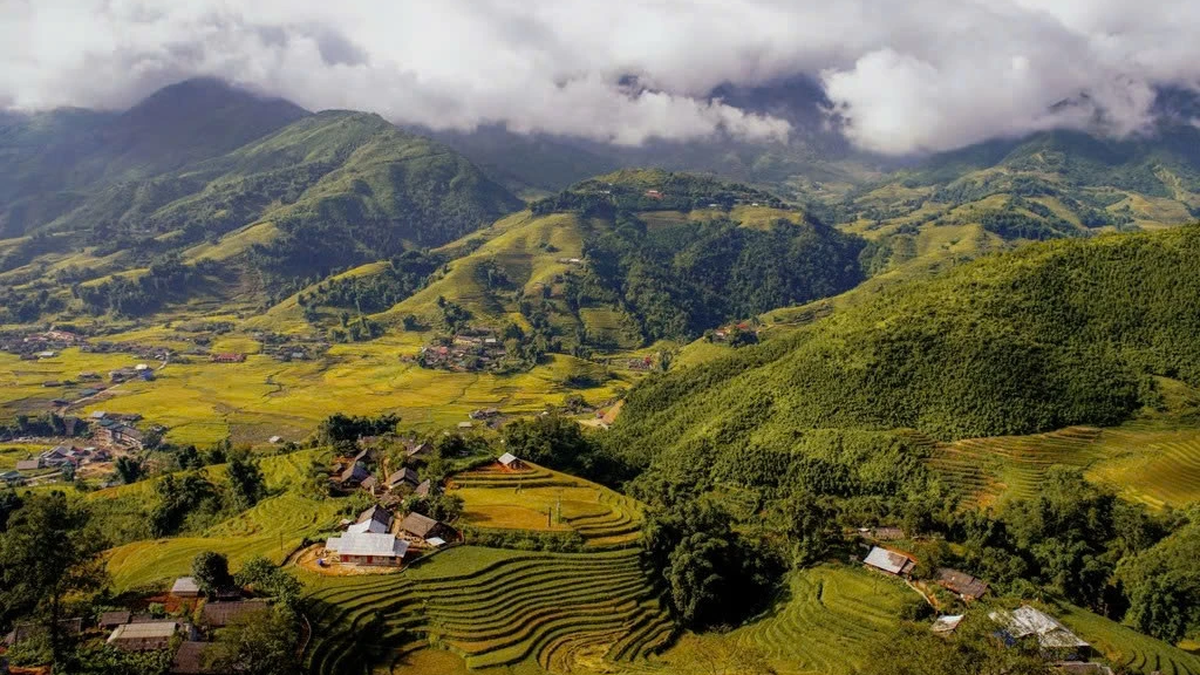











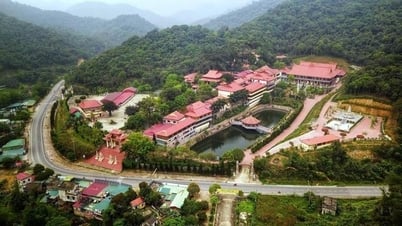















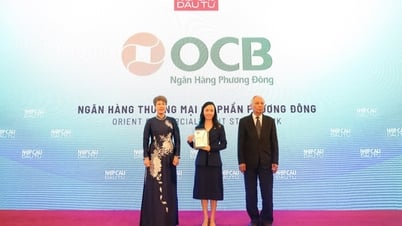

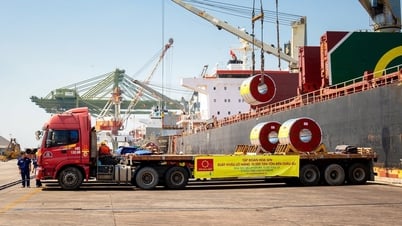











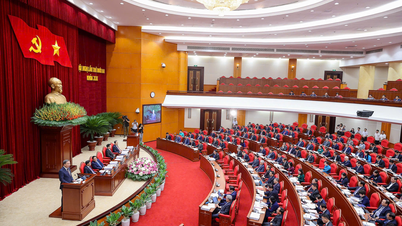







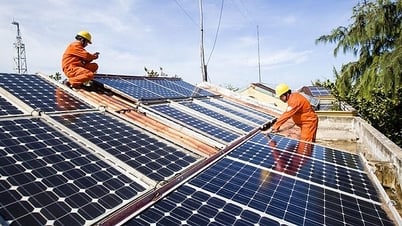

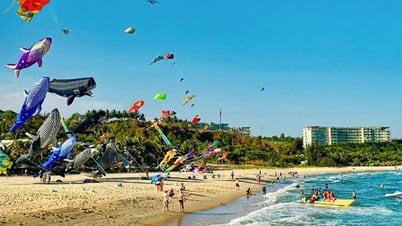

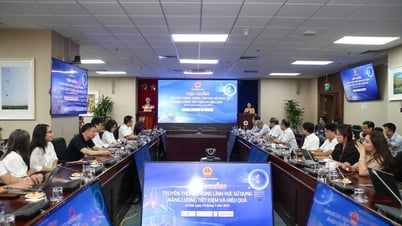
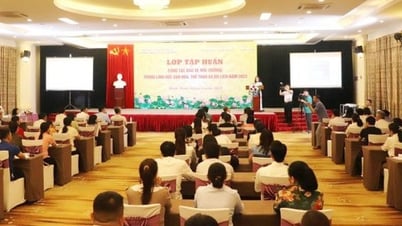








![[Infographic] In 2025, 47 products will achieve national OCOP](https://vphoto.vietnam.vn/thumb/402x226/vietnam/resource/IMAGE/2025/7/16/5d672398b0744db3ab920e05db8e5b7d)
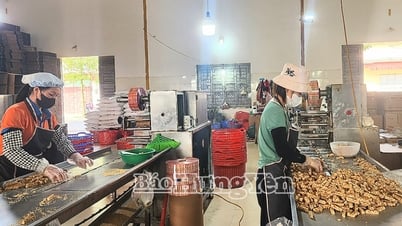



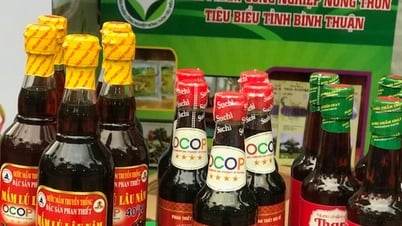

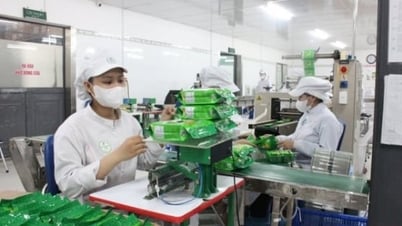






Comment (0)